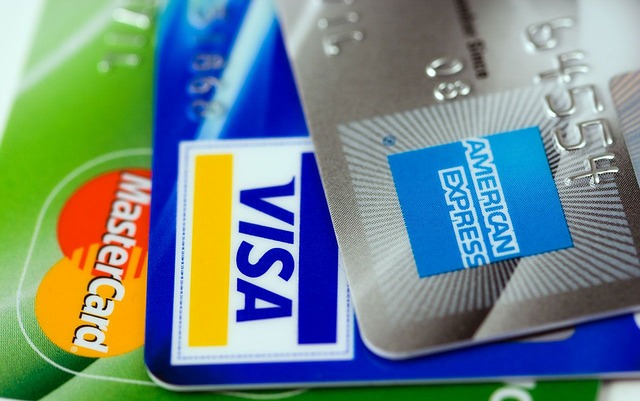While credit cards can be dangerous because of their high interest rates, many companies will use rewards to attract customers. These rewards can help people save a lot of money in the long run if you capitalize on those benefits in the right way.
Often, cards with great rewards are reserved for people with high credit scores, so not everyone will immediately be able to secure one. However, once you have done the work to build credit or improve your score, you can use these cards to make your money do a lot of work.
Getting the most from these cards means doing your research prior to applying for an account and figuring out which you are most likely to get approved for and which will provide you with the greatest benefits. Some key tips to keep in mind when it comes to getting the most from these reward cards include:
1. Choose the right card for you.
Reward cards come in many flavors, and the perfect one for you may be a horrible option for someone else. You should think about your spending habits and find a card that matches them. Ultimately, you can approach this from two different angles.
You may want to think about how you can save the most money using rewards. For example, if you travel a great deal, then cards that offer airline miles or hotel stays are probably a great option.
On the other hand, you may want to think about where you spend the most money. If you shop almost exclusively at one store, getting a card that rewards you the most for spending money there could make the most sense. Some cards, for example, will give the greatest cash back when used at Amazon.
2. Charge everything, but pay it back.
Credit card companies provide rewards as an incentive to spend money. You need to be careful not to come close to maxing out the rewards card, which could come with fees and leave you paying much more in interest than you earned in rewards.
To get the most from your rewards card, you need to use it as much as possible, but keep track of how much you are spending. Avoid spending more than you are able to pay at the end of the month. Rewards only benefit you when you avoid paying the interest that makes money for the credit card company.
Ideally, you use the rewards card to spend the same amount you would without it. That way, when you receive the monthly statement, you can pay the balance in full. Then, the company is paying you to use the card.
3. Pay attention to bonus categories.
Reward cards will often offer special incentives for spending in certain categories for a set period of time. For example, a card that gives one-percent cash back in general may give you five-percent cash back at fuel stations for a month.
Keep these special deals in mind and use that card whenever you need fuel in the given time period. However, be careful about spending more than you normally would in that category and going into debt. Reward companies hope you will do this.
In general, you should spend as you normally would, but ensure you use the card for purchases that provide the greatest reward. Some accounts require you to opt in to these special rewards, so set a calendar reminder to do so if that is the case.
4. Consider using multiple cards.
You can make the most of rewards by using multiple cards that have complementary reward structures. With multiple cards, you can choose the one that gives you the greatest reward for each purchase. This strategy makes the most sense if you have cards with bonus categories that rotate.
However, it can be tricky to keep track of special offers, so have a central place of making note of them so that you can reference the information quickly. You may also want to consider a store-specific card if you shop at one location often.
When you open multiple cards, be sure to keep track of your spending on each to avoid not being able to pay them all off at the end of the month. Also, keep close track of the effect the accounts are having on your credit. Your credit should stay good as long as you do not carry balances on them.
5. Pay attention to the details.
Credit cards often offer a wide range of perks that are not always loudly advertised. As you think about new cards or even open a new account, read the fine print closely to understand how you can make the most of the rewards.
For example, booking travel through a specific company can provide a substantial boost to rewards in some cases. Or, another card may provide a significant percent cash back for in-flight meals and entertainment when you fly a specific airline. While you still need to balance the costs and benefits of these situations, the extra bonus can sweeten a good deal or make an inferior option the better one in the long run.
However, you need to understand these specific perks and pay close attention to how they work. Cards may also offer some benefits not directly thought of as rewards, such as no foreign transaction fees or conversion charges, that may benefit you depending on your spending patterns.

